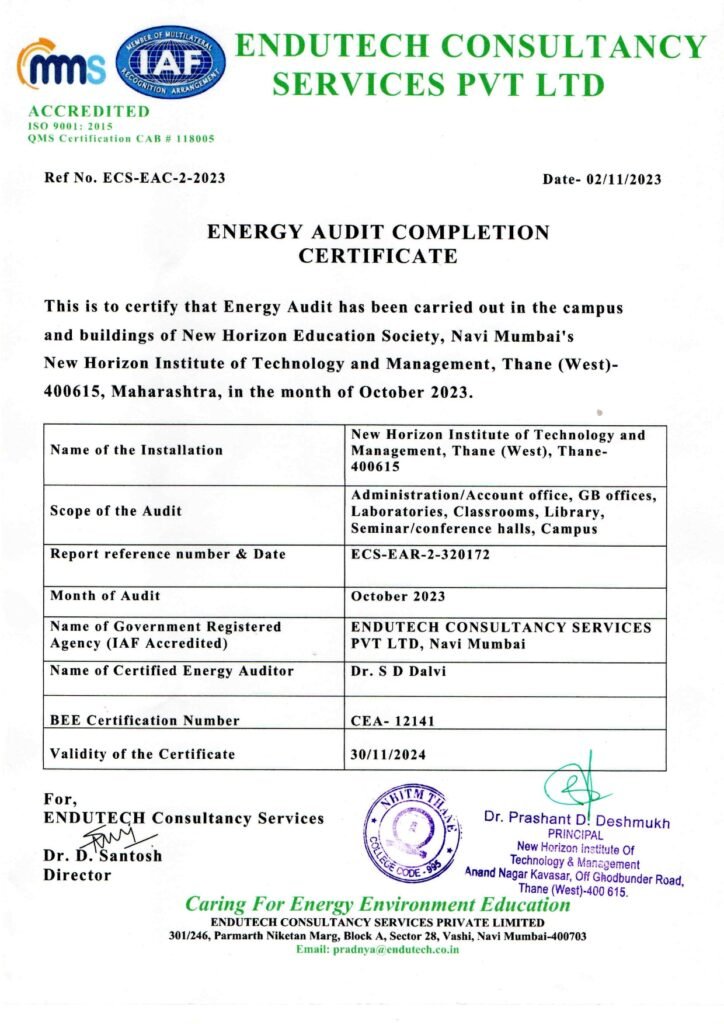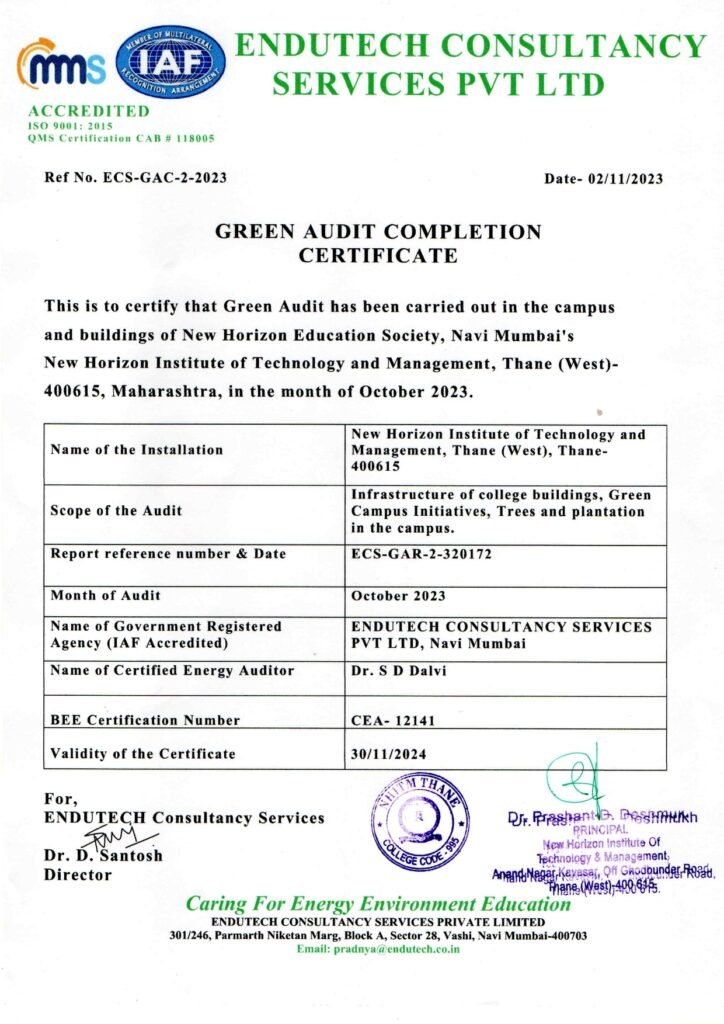IQAC was constituted in the academic year 2021 with a view to initiate, plan and supervise different activities which are important to maintain and improve the quality of education imparted, which is well defined in the quality policy of the institution. IQAC has member representatives from the top management, teaching, students and stake holders for getting diversified suggestions for continuous improvement. IQAC is a significant body of the institution which monitors the process of teaching, learning and evaluation. It takes the responsibility of generating and promoting awareness in the institution regarding multi level quality sustenance activities and implementing new ones for attaining excellence.
Objectives
The objective of IQAC is to ensure quality standards in teaching, learning and evaluation patterns and related activities. IQAC administers various new academic activities to supplement the existing practices. Further, it encourages activities in the co-curricular and extra-curricular spheres.
Functions & Responsibilities
- Developing ethical work culture in the Institute
- Improving the academic and administrative performance of the Institution
- Organizing inter and intra Institutional Workshops, Seminars, Project Exhibition and Research activities
- Playing as a nodal agency of the institute for coordinating various activities ensuring quality including adoption and dissemination of best methods and practices
- Ensuring a learner-centric ambience conducive for quality education and for continual improvement
- Emphasize faculty expertise to adopt the knowledge, technology and innovations for participatory teaching and learning process
- Inviting suggestions and recommendations from students, parents and stakeholders on quality emphasizing institutional policies & processes
- Documentation of all the activities leading to quality improvement
S.No.
Name & Category
Designation in the Committee
1
Dr. Prashant D. Deshmukh
Principal
Chairman
2
Mr. Sreejit Bhattacharya
Treasurer, NHES (Management Representative)
Member
3
Dr. Sunil Bobade
Vice Principal and Dean Academics
(Teacher)
Dr. Prasenkumar Saklecha
Dean HR &HOD Civil Engineering
(Teacher)
Dr. Satish M. Silaskar
HOD, Mechanical Engineering
(Teacher)
Mr. Suhas Waghmare
Assistant Professor(AIDS)
(Teacher)
Ms. Kavita Chavan
Assistant Professor(HAS)
(Teacher)
Member
Member
Member
Member
Member
Member
4
Mr. Navnath Godase
Registrar
(Administrative officer)
Member
5
Dr. Vijay Sambhe Head
CE & IT, VJTI
(Nominee from Local Society)
Member
6
Ms. Sana Girish
(Nominee from Student)
Member
7
Ms. Swati Gowder
(Nominee from Alumni)
Member
8
Mr. Prathmesh Bhoir
Structronics Consulting Engineers
(Nominee from Employer)
Member
9
Mr. Mitul Shah, Director,
Starcrete
(Nominee from Industrialist)
Member
10
Mr. Achal Patare
(Nominee from Parent)
Member
11
Dr. Sanjay N. Sharma
HOD, Computer Engineering
(Senior Teacher)
Coordinator
SELF STUDY REPORT (SSR)
CRITERION 1 – Curricular Aspects (100)
Key Indicator – 1.1 Curricular Planning and Implementation (20)
Key Indicator – 1.2 Academic Flexibility (30)
Key Indicator – 1.3 Curriculum Enrichment (30)
Key Indicator – 1.4 Feedback System (20)
CRITERION 2 – Teaching Learning and Evaluation (350)
Key Indicator – 2.1. Student Enrolment and Profile (40)
Key Indicator – 2.2. Student Teacher Ratio (40)
Key Indicator – 2.3. Teaching- Learning Process (40)
Key Indicator – 2.4 Teacher Profile and Quality (40)
Key Indicator – 2.5. Evaluation Process and Reforms (40)
Key Indicator – 2.6 Student Performance and Learning Outcome (90)
Key Indicator – 2.7 Student Satisfaction Survey (60)
CRITERION 3 – Research, Innovations and Extension (110)
Key Indicator- 3.1 Resource Mobilization for Research (10)
Key Indicator- 3.2 Innovation Ecosystem (15)
Key Indicator- 3.3 Research Publication and Awards (25)
Key Indicator- 3.4 Extension Activities (40)
Key Indicator- 3.5 Collaboration (20)
CRITERION 4 – Infrastructure and Learning Resources (100)
Key Indicator – 4.1 Physical Facilities (30)
Key Indicator – 4.2 Library as a learning Resource (20)
Key Indicator – 4.3 IT Infrastructure (30)
Key Indicator – 4.4 Maintenance of Campus Infrastructure (20)
CRITERION 5 – Student Support and Progression (140)
Key Indicator – 5.1 Student Support (50)
Key Indicator – 5.2 Student Progression (35)
Key Indicator – 5.3 Student Participation and Activities (45)
Key Indicator – 5.4 Alumni Engagement (10)
CRITERION 6 – Governance, Leadership and Management (100)
Key Indicator – 6.1 Institutional Vision and Leadership (15)
Key Indicator – 6.2 Strategy Development and Deployment (12)
Key Indicator – 6.3 Faculty Empowerment Strategies (33)
Key Indicator – 6.4 Financial Management and Resource Mobilization (10)
Key Indicator – 6.5 Internal Quality Assurance System (30)
CRITERION 7 – Institutional Values and Best Practices (100)
Key Indicator – 7.1 Institutional Values and Social Responsibilities (50)
Key Indicator – 7.2 Best Practices (30)
Key Indicator – 7.3 Institutional Distinctiveness (20)
DVV CLARIFICATION
Extended Profile
Criteria 1
Criteria 2
Criteria 3
Criteria 4
Criteria 5
Criteria 6
Criteria 7
Best Practice 1: Implementation and Execution of Projects
Objectives and Intended Outcomes
BE Major Project is an important instrument for enhancing the technical competency of the students. The projects serve as a culmination of the students’ academic journey, providing a platform to them to apply theoretical knowledge to real-world problems.
The Context
The BE Major Project is a part of the semester VII & VIII curriculum which is carried out by a group of two or a maximum of four students. These projects can be in-house or outhouse (industry-based). An innovative and worthwhile BE project helps to provide practical exposure that helps to enhance the problem-solving skills, management skills, research, and analysis of students.
The Practice
At the end of semester VI, the orientation for group formation and problem identification is conducted by the project coordinator and head of the department. In the outhouse projects, students consult external guides along with internal guides. Domain areas of faculty members are listed and updated for the students. At the beginning of sem VII, students are instructed to present 3 ideas for project development in front of anexpert panel which comprises experienced faculties of the department. The Expert panel then evaluates the student’s ideas based on innovativeness, feasibility of the problem, and value addition. A project calendar is prepared exclusively for the students and guides. The timelines are followed for the successful completion of the project. The final topics of groups and their respective guides allotted as per the expertise of faculty are displayed on the notice board. In each semester, two reviews of the project work are conducted by the panel to evaluate the student’s progress as per the rubrics and marking scheme. Internal Evaluation is conducted at the end of each semester as part of Term work. External evaluation is conducted through viva where a group has to present and demonstrate their project to the external examiner. As a part of the competition for students’ projects, the department has made mandatory requirements for each group to publish papers in reputed journals, prepare posters, and participate in conferences/ project competitions/ hackathons/poster competitions.
Evidence of Success
Projects are often judged by respective employers as the measure by which students are considered and are also closely examined. In some instances, final-year projects lead to publications in conferences and journals and also allow students to continue their academic study into research degrees. As a result, various student groups have participated and published research papers in various reputed journals.
Problems encountered and resources required
Developing a final-year project can cause a lot of stress. A group must have students with complementary attributes for sharing the responsibilities. Other common issues are – Deciding the Topic, Lack of Time management, and Understanding the required skills of each member to accomplish the whole project. Communication gaps between team members or project guides can be fatal. Due to a time gap between the proposal date and the final developed project often causes disruptions.
Best Practice 2: Teaching Learning Practices
Objectives and Intended Outcomes
At NHITM, teaching learning practice has been designed as the combination of various elements.The objectives are to implement it as a cardinal factor for institutional status. The teaching and learning methods are student-centric to increase the grasping and learning levels of the students. Emphasis is to go beyond the conventional methods to maximize teaching effectiveness.
The Context
Outcome-based learning principles are implemented at the Institute. Learning outcomes are aligned with program objectives and industry standards to ensure relevance and effectiveness. This involves incorporating diverse instructional methods, such as lectures, discussions,
hands-on activities, and technology-enhanced learning tools, to cater to varied learning styles. The focus is not only on delivering content but also on fostering critical thinking, problem-solving skills, and meaningful connections to real-world applications.
The Practice
Teaching, Learning, and Evaluation schedules
An Academic Calendar is prepared before the start of the semester. The academic calendar includes the date of commencement of the academic session, duration of the semester, dates of continuous internal assessments, semester end end-semester examinations, also consists of the curricular, co-curricular, and extra-curricular activities to be carried out during the semester.
The notices are sent through mail regarding changes in schedules if any.
Teaching, Learning, and Evaluation Tools
NHITMs Educational practices adhere to OBE which starts with a clear statement on Knowledge, Skills, and Attitudes that the Graduates will be able to demonstrate. These are stated as Programme Outcomes and Course Outcomes and are related to the Vision, and Mission statements. The faculty prepares the teaching plan, course file, and Educational practice tools consisting of lecture notes, course description, tutorial question bank, PPTs, concept video topics, and model question papers which are uploaded on Google Classrooms and are accessed by the students.
To monitor the quality of the teaching-learning process, the conventional way includes evaluation like conducting Internal Assessment (IA) during every semester and Oral/practical and End semester examinations. A Course exit survey and faculty feedback are given by the students at the end of the semester.
Evidence of Success
Faculty members have the opportunity to strategize as per the academic calendar of the semester, determining which teaching methods and tools align with the syllabus requirements. Students, upon receiving the schedules at the beginning of the semester, can organize their studies
accordingly. This approach not only showcases students’ enhanced grades but also contributes to improving their attendance throughout the semester.
Problems encountered and resources required
Challenges include students having low attendance or limited cognitive retention. Remedial lectures are conducted for the slow learners. During lockdown, the education sector suffered the most. There was a massive shift in the Teaching learning process with the sudden unprecedented outbreak of the pandemic. NHITM with certain proactive measures taken in the year 2019 rapidly acted on the situation. Proactive measures such as institute email IDs for students and faculty members, maintaining soft copies of students’ attendance, and sharing it with students to monitor their attendance.
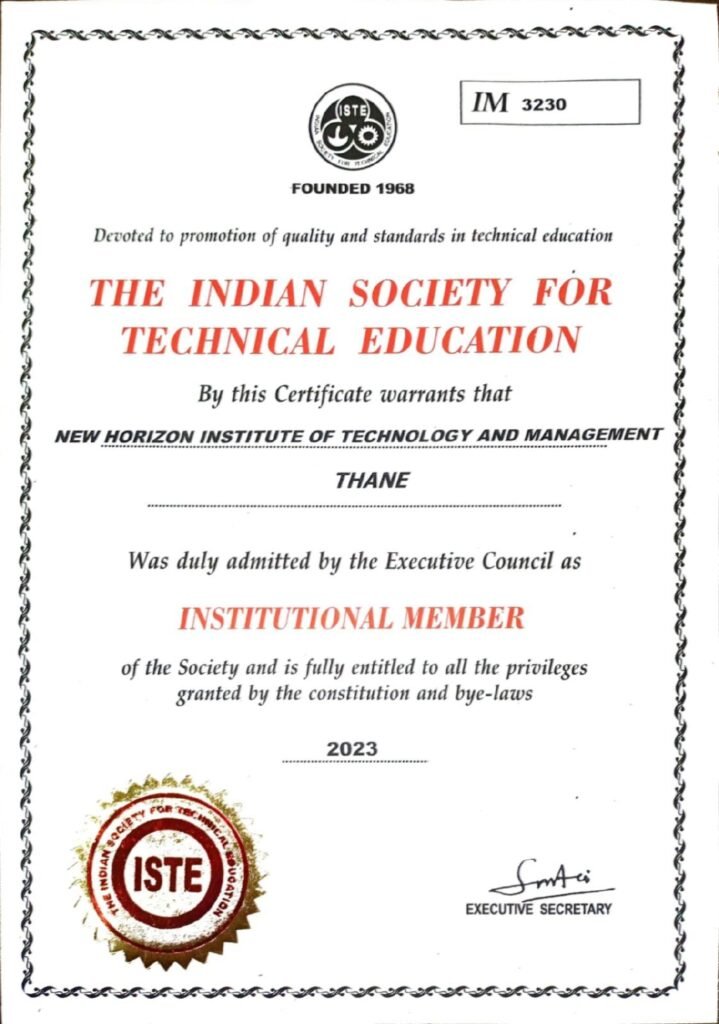
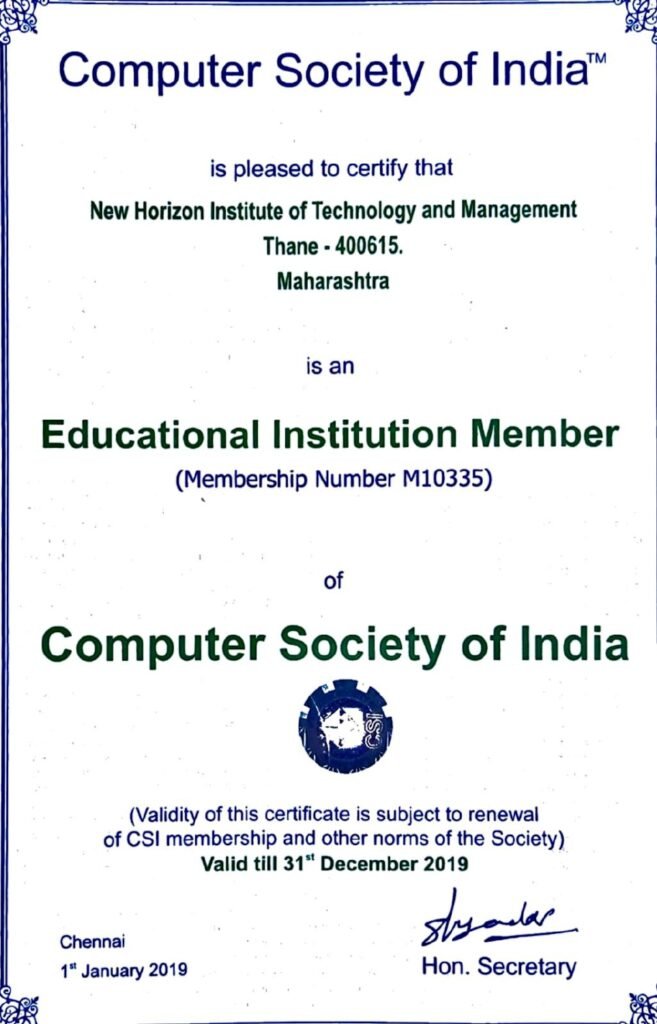
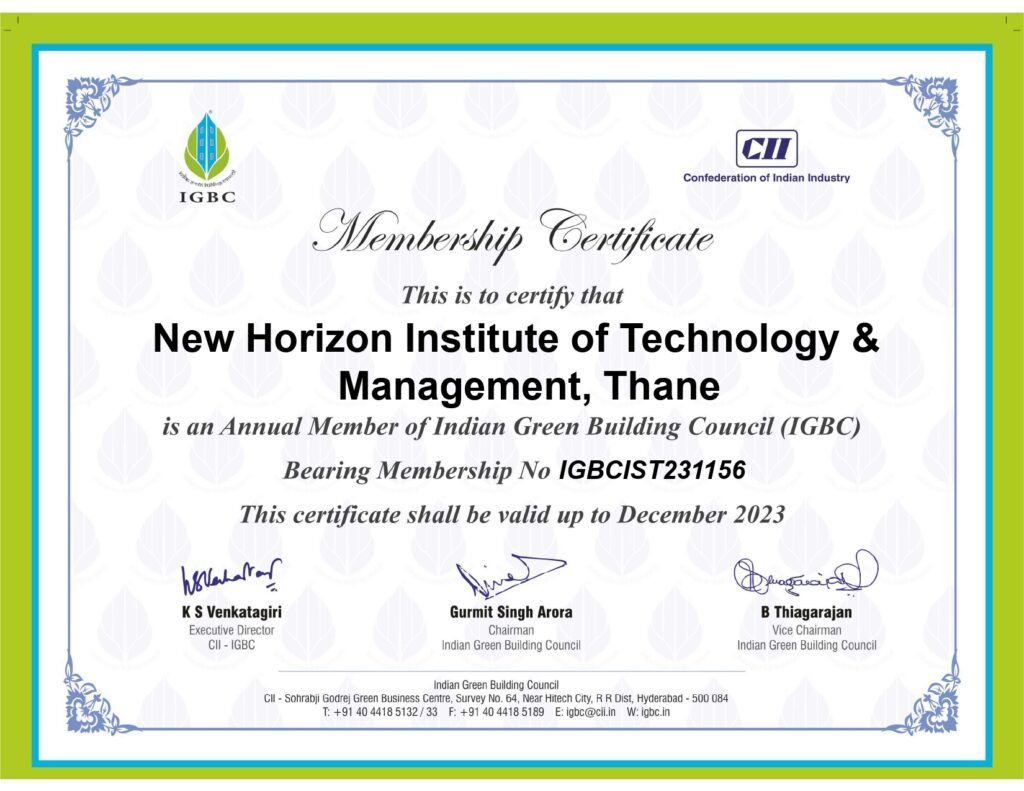


2015

2024

2020

28-10-2021

14-03-2023
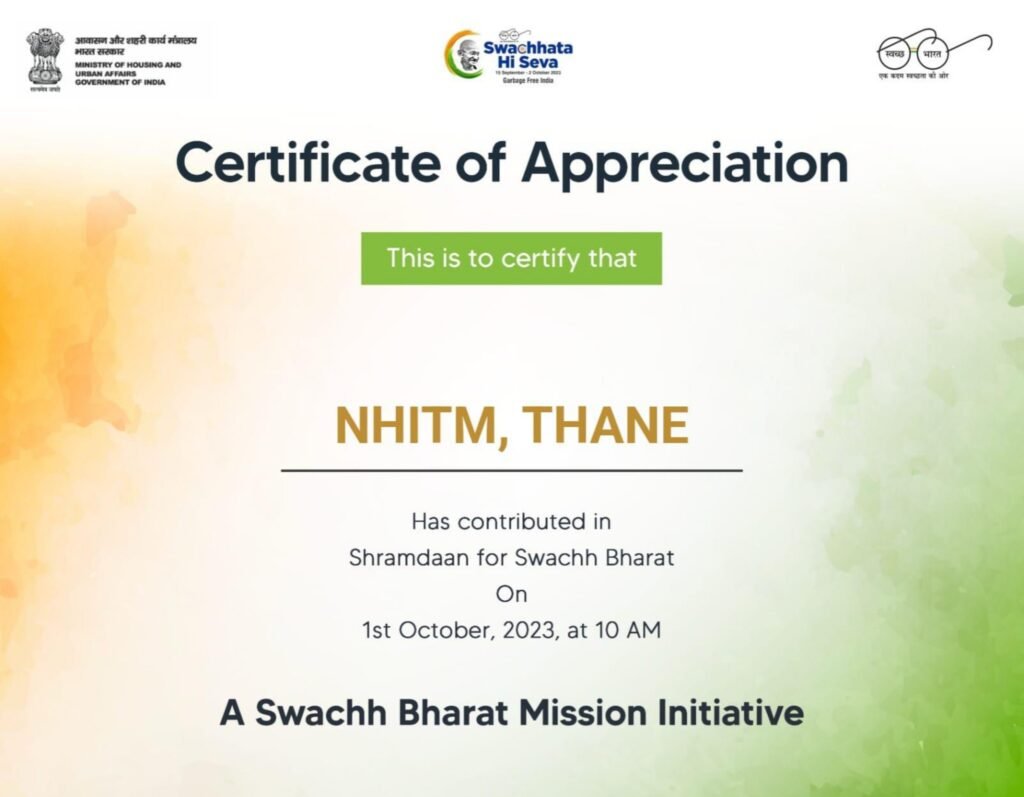
1-10-2023
Environment Activities beyond the Campus
On campus, there is a diverse array of environmental activities that engage students in sustainable practices and foster a sense of eco-consciousness. From community garden initiatives to recycling drives and campus clean-up events, students actively participate in preserving and enhancing their surrounding environment. Educational workshops and seminars delve into topics such as renewable energy, conservation, and waste reduction, equipping students with the knowledge and skills to make environmentally responsible choices. Furthermore, student-led clubs and organizations advocate for environmental stewardship through campaigns, awareness-raising events, and collaborative projects with local sustainability initiatives. These activities not only promote a culture of environmental awareness but also empower students to become catalysts for positive change within their campus community and beyond.
Our campus prides itself on being inclusive and accessible to all individuals, including those with disabilities. From wheelchair ramps and elevators in every building to designated accessible parking spaces, we strive to ensure that everyone can navigate our campus with ease. Our facilities are equipped with features such as automatic door openers, Braille signage, and tactile paving to assist individuals with visual impairments. Additionally, our classrooms and lecture halls are designed to accommodate various needs, with adjustable desks and hearing assistance systems available. Beyond physical infrastructure, our campus offers support services such as disability resource centers and counseling to provide assistance and advocacy for students with disabilities. We continuously work to enhance accessibility through ongoing assessments, feedback mechanisms, and collaborations with disability advocacy groups to create an environment where everyone feels welcome and empowered to thrive.
CAPACITY BUILDING AND SKILL ENHANCEMENT
The term soft skills covers a wide range of skills as diverse as teamwork, time management, empathy and delegation. Organizations seem to expect people know how to behave on the job and the importance of skills such as taking initiative, communicating effectively and listening, which often is not the case. NHITM conducts several soft skill programs every year to make our students more efficient and competitive in the corporate world. For More Details Click Here
Language is important in every aspect of our lives because it allows people to communicate in a manner that enables the sharing of common ideas. Whereas the ability to successfully convey a message that results in understanding an action is known as communication skills. There are four language and communication skills: listening, speaking, reading, and writing. Through a variety of programmes held each year, NHITM offers many opportunities for our students to develop their Language and communication skills. For More Details Click Here
Life Skills Training is designed to make the students physically and mentally fit to lead their day-to-day life more effectively and efficiently and to train themselves in the competitive and stressful environment. It enables the students to understand the significance of a healthy mind and body to lead a fruitful and successful life. Programs like yoga, physical fitness awareness etc. are conducted every year to help our students overcome stress and improve their concentration levels. For More Details Click Here
The Awareness of Trends program can bring the existing educational system in alignment with the knowledge-based, information-rich society by providing services of sophisticated tools, techniques and methods at its disposal. The goal of NHITM is to make students aware with access to Trending technologies in their respective fields , train them in their use, and ensure that they are proficient in doing so. For More Details Click Here

